The Sterilization Equipment Market is characterized by a dynamic competitive landscape, driven by increasing demand for effective infection control across healthcare settings. Key players such as Steris (US), Getinge (SE), and 3M (US) are at the forefront, each adopting distinct strategies to enhance their market positioning. Steris (US) focuses on innovation in sterilization technologies, particularly in the development of advanced sterilization systems that cater to diverse healthcare environments. Getinge (SE) emphasizes regional expansion, particularly in emerging markets, to capitalize on the growing healthcare infrastructure. Meanwhile, 3M (US) leverages its strong brand reputation and extensive distribution network to maintain a competitive edge, particularly in the production of sterilization indicators and monitoring systems. Collectively, these strategies contribute to a moderately fragmented market structure, where competition is intensified by the presence of both established and emerging players.
In terms of business tactics, companies are increasingly localizing manufacturing to enhance supply chain efficiency and reduce lead times. This approach not only mitigates risks associated with The Sterilization Equipment Market demands. The competitive structure of the Sterilization Equipment Market appears to be moderately fragmented, with key players exerting considerable influence through strategic partnerships and technological advancements. This fragmentation fosters innovation, as companies strive to differentiate their offerings in a crowded marketplace.
In August 2025, Steris (US) announced the launch of a new line of automated sterilization systems designed to improve operational efficiency in hospitals. This strategic move is significant as it aligns with the growing trend towards automation in healthcare, potentially enhancing Steris's market share by addressing the increasing demand for efficient sterilization solutions. The introduction of these systems may also position Steris as a leader in the automation of sterilization processes, thereby reinforcing its competitive advantage.
In September 2025, Getinge (SE) entered into a strategic partnership with a leading healthcare technology firm to integrate AI-driven analytics into its sterilization equipment. This collaboration is noteworthy as it reflects the industry's shift towards digitalization, enabling Getinge to offer enhanced data-driven insights to its customers. By leveraging AI, Getinge aims to optimize sterilization processes, thereby improving patient safety and operational efficiency, which could significantly bolster its market presence.
In July 2025, 3M (US) expanded its product portfolio by acquiring a small but innovative company specializing in eco-friendly sterilization solutions. This acquisition underscores 3M's commitment to sustainability, a growing concern among healthcare providers. By integrating these eco-friendly solutions into its offerings, 3M not only enhances its product line but also positions itself favorably in a market increasingly focused on sustainable practices.
As of October 2025, the Sterilization Equipment Market is witnessing trends that emphasize digitalization, sustainability, and the integration of advanced technologies such as AI. Strategic alliances are becoming increasingly pivotal, as companies seek to enhance their technological capabilities and market reach. Looking ahead, competitive differentiation is likely to evolve from traditional price-based competition towards a focus on innovation, technological advancements, and supply chain reliability. This shift suggests that companies that prioritize these aspects will be better positioned to thrive in an increasingly competitive landscape.
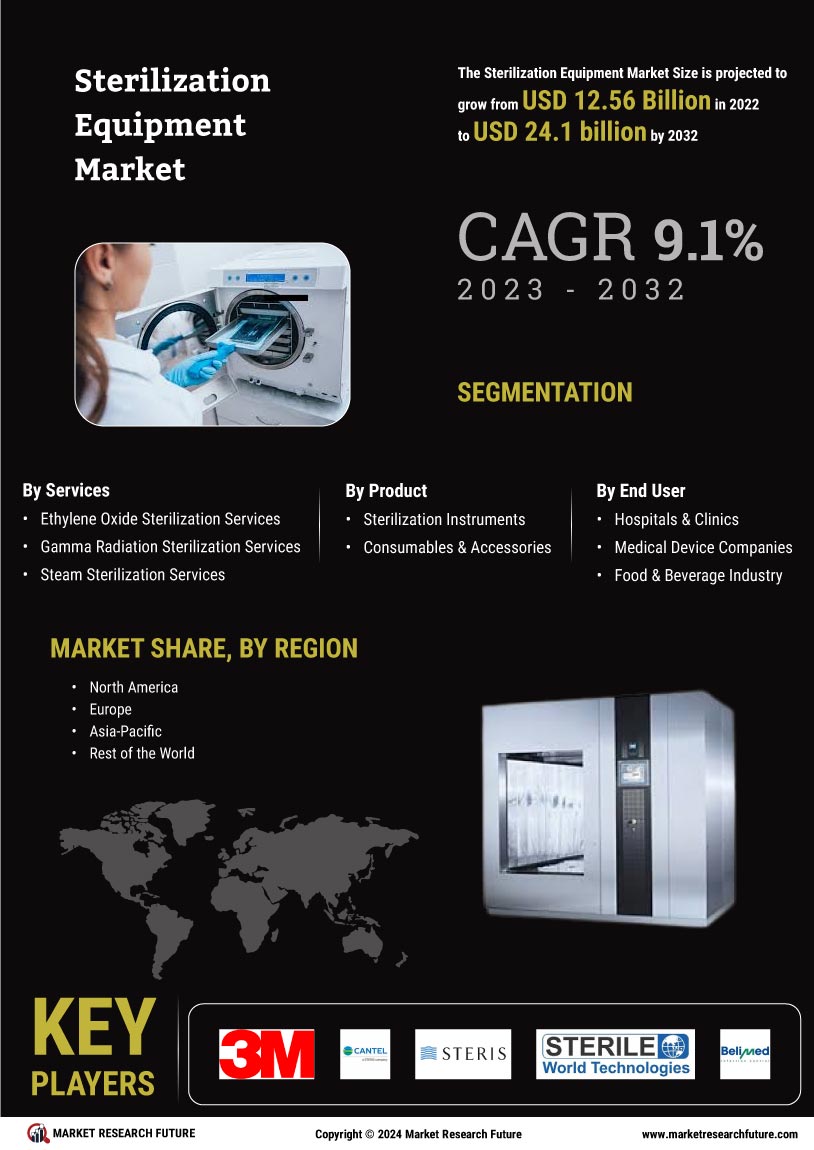

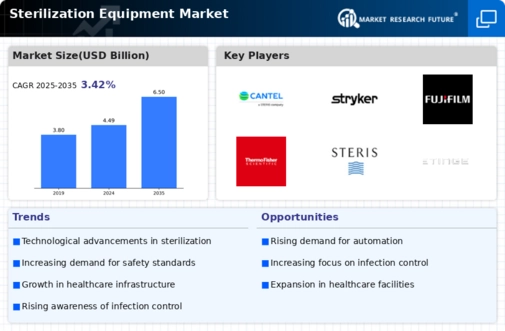
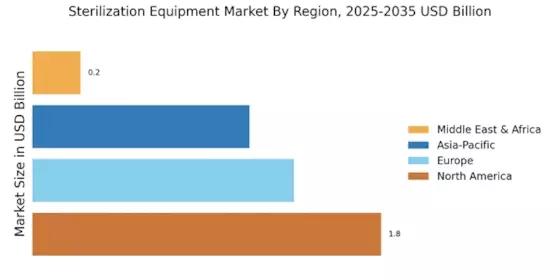

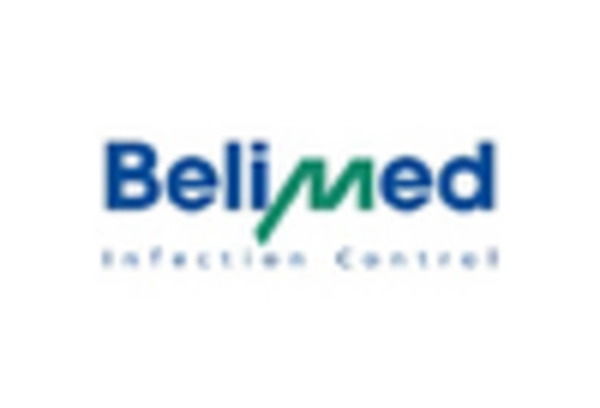
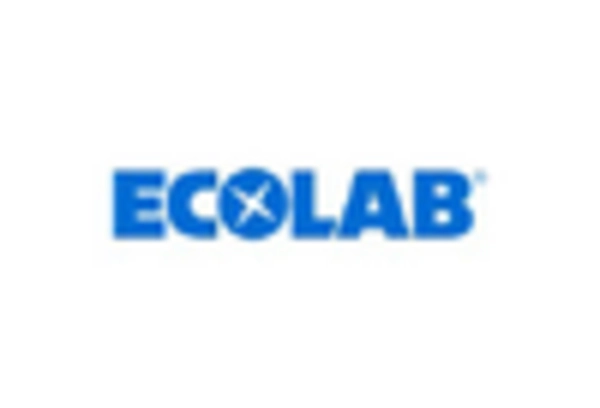
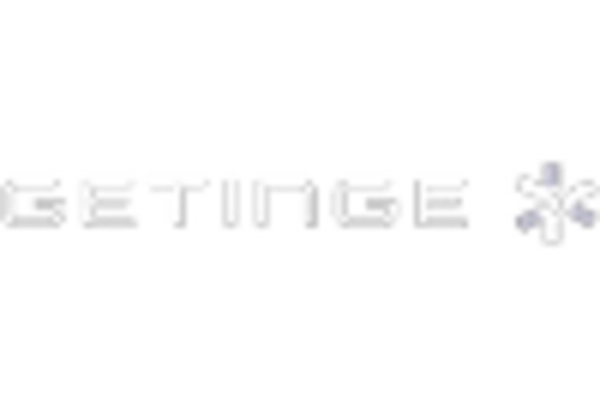
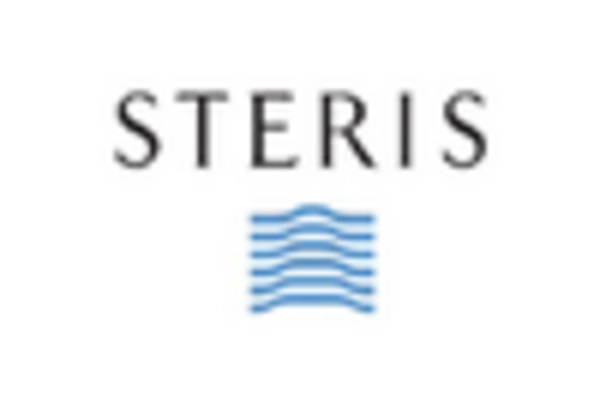
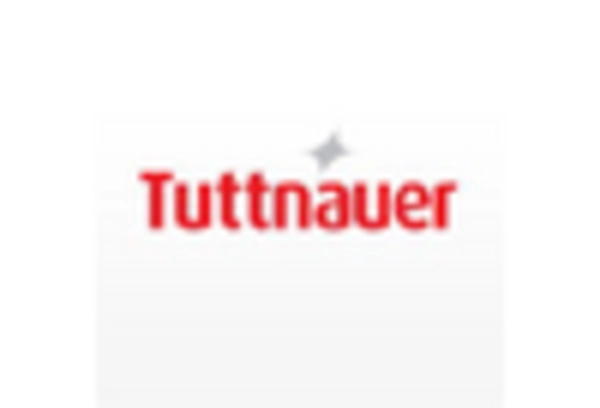








Leave a Comment